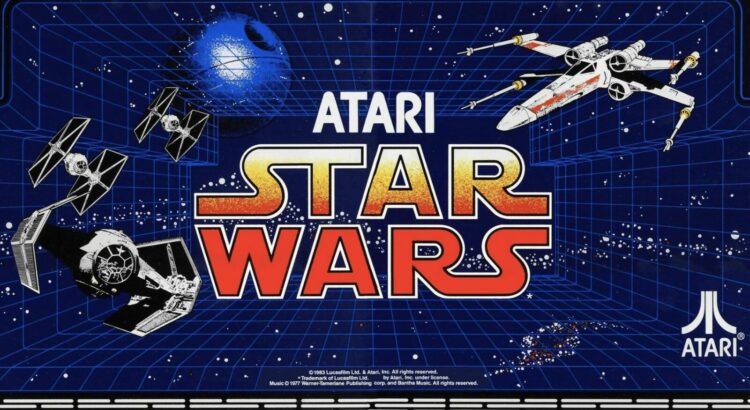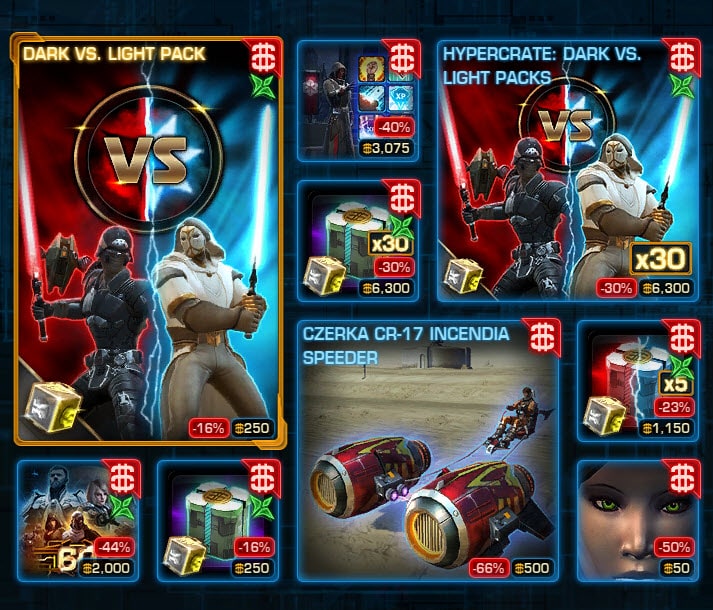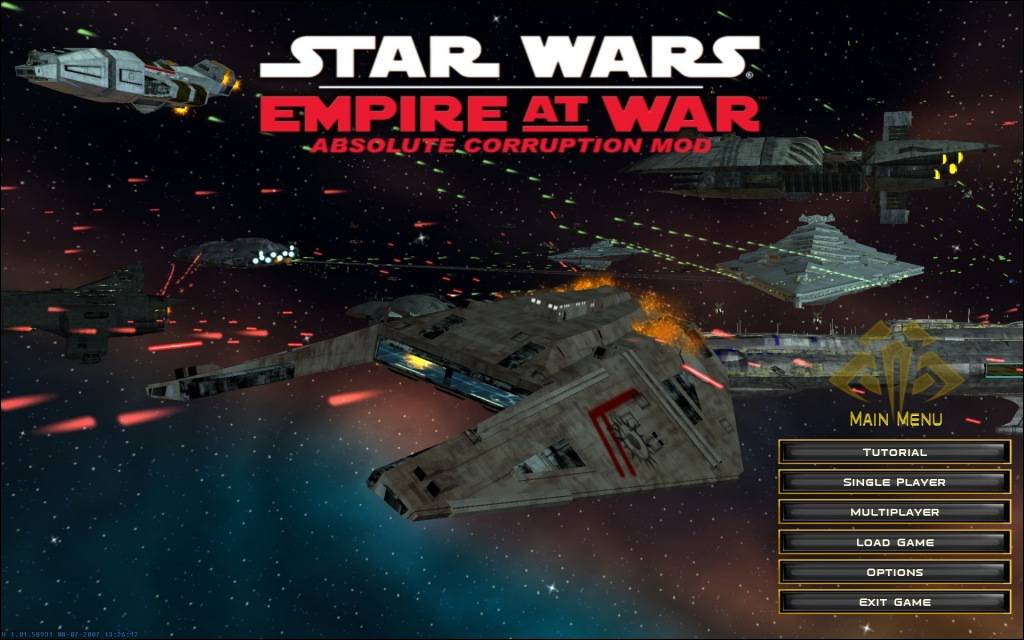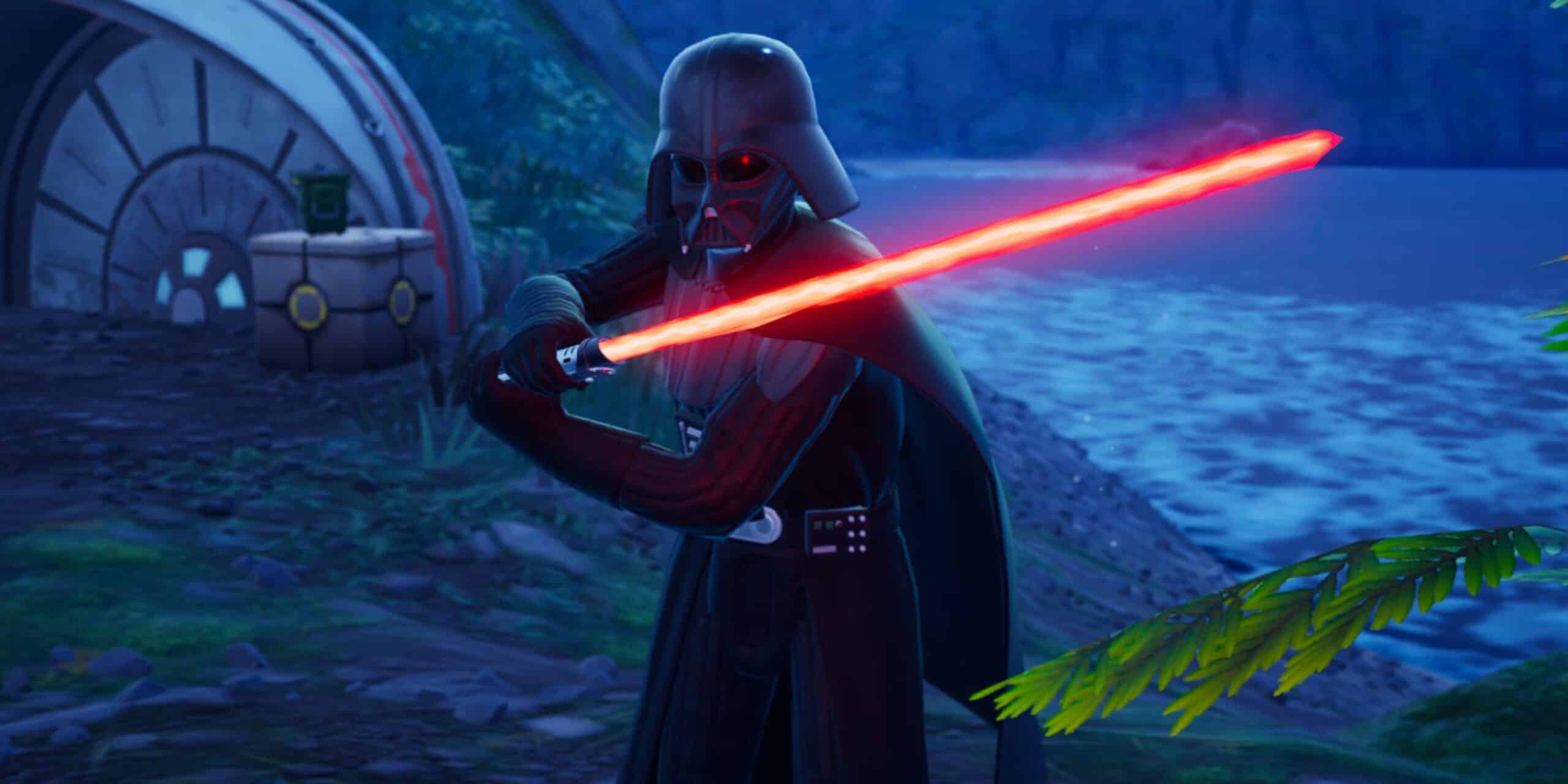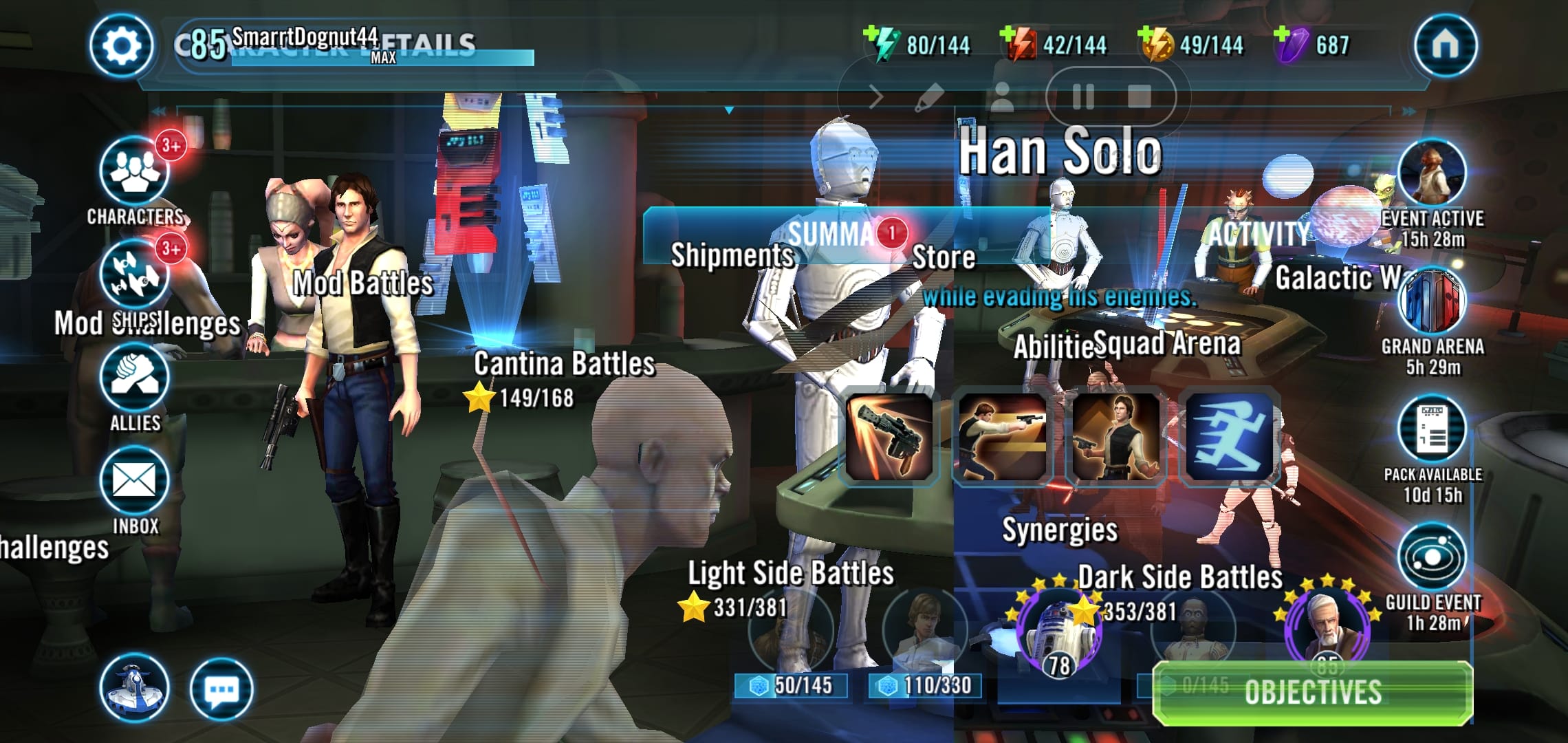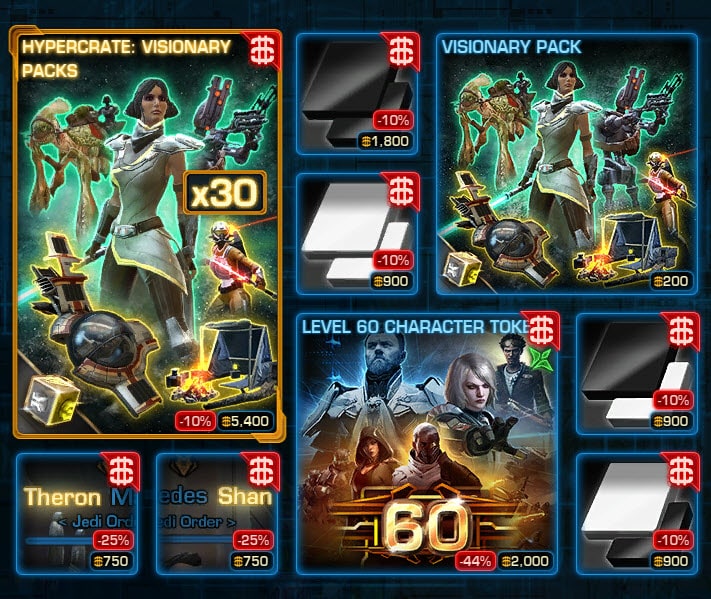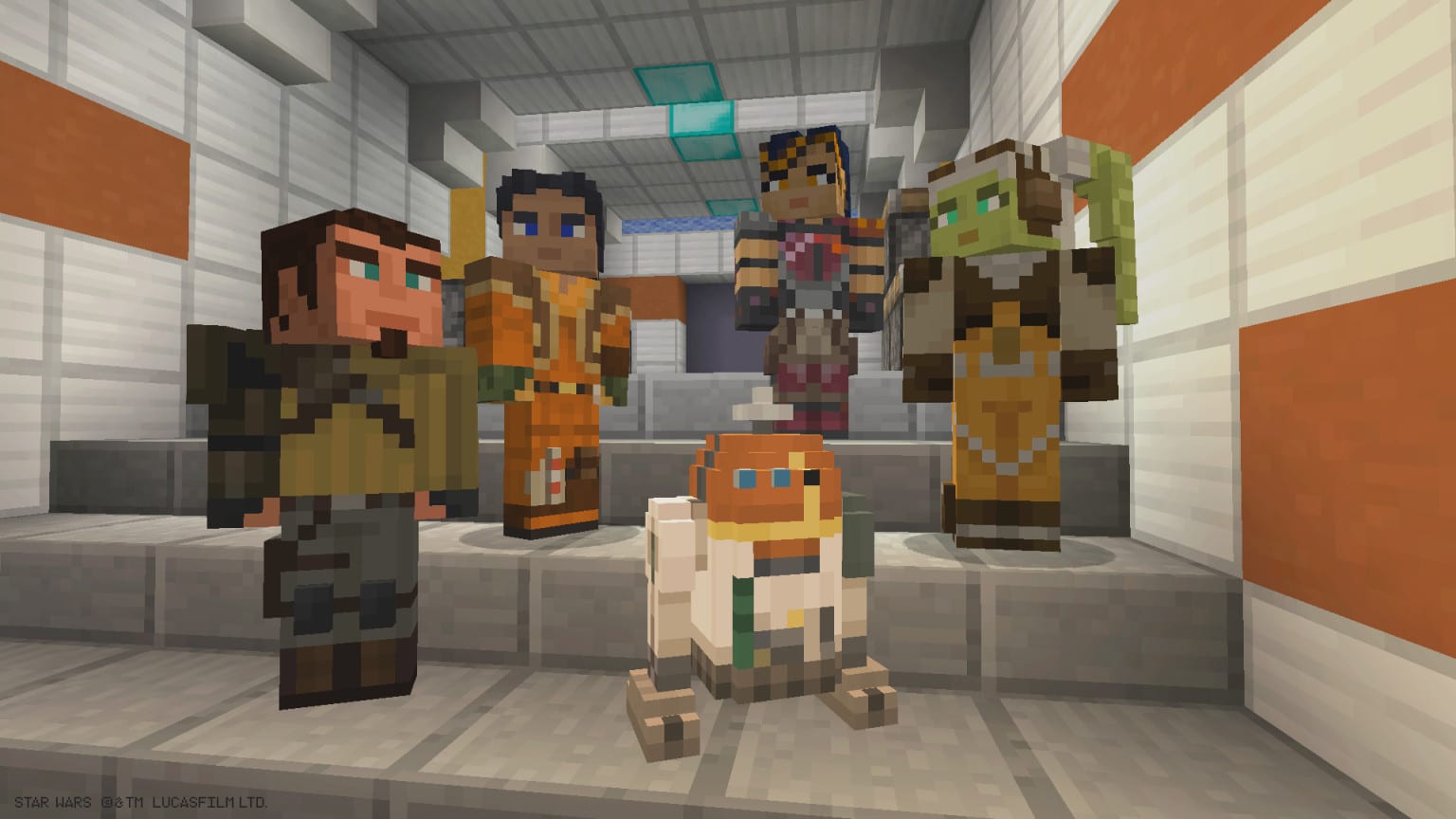Dive into a nostalgia-fueled journey that takes us back to the neon-lit arcades of the ’80s. This article is a tribute to a game that transformed the arcade experience and brought the excitement of a beloved space opera into the hands of eager fans. Here’s what we’ll uncover:
- The Launch of a Legend: We explore the 1983 debut of “Star Wars: The Arcade Game,” detailing how it became a pop culture phenomenon.
- Behind the Controls: A sneak peek into the creative minds that crafted Atari’s Star Wars, including tidbits about how film legends like Spielberg left their mark.
- More Than Pixels: This isn’t just a story about an arcade game; it’s about the fusion of cinema and interactive entertainment that continues to resonate.
- A Force That Endures: We’ll consider the lasting impact of the game and why it remains a treasured classic, beloved by original fans and newcomers alike.
Prepare to jump to lightspeed as we relive the thrills, the innovation, and the legacy of Atari’s Star Wars and “Star Wars: The Arcade Game.
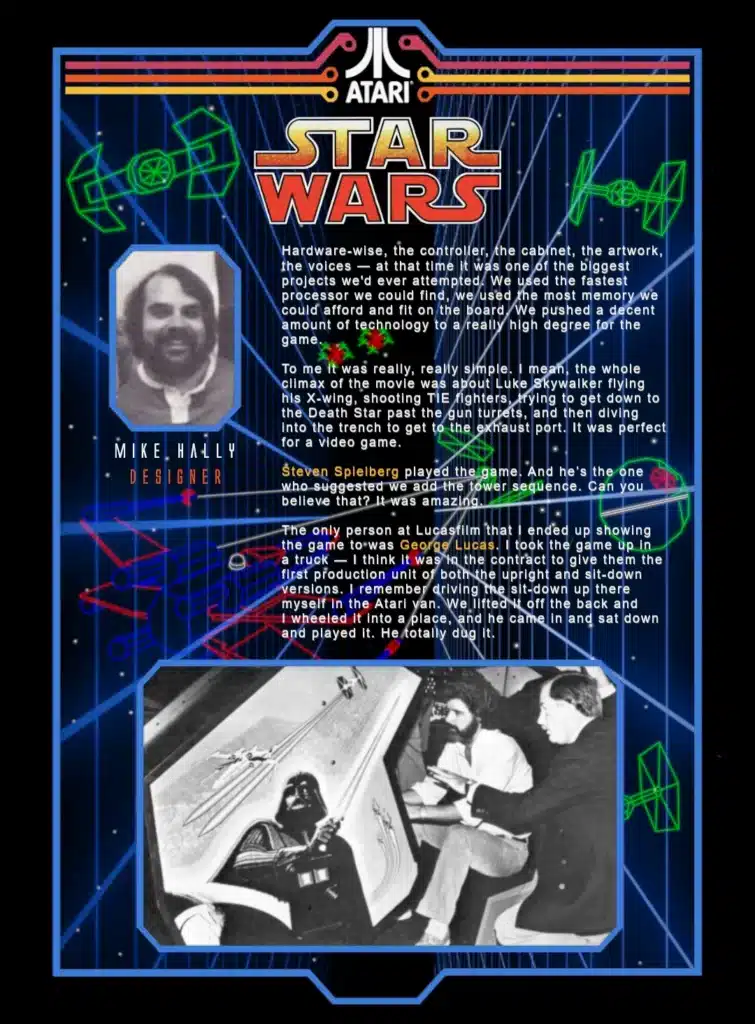
The Dawn of a New Era in Gaming Picture it
Picture it: the year is 1983. Arcade games are the reigning champions of entertainment for kids and adults alike, and amidst this golden era, a particular cabinet starts popping up across the country, its presence heralding a new chapter in the realm of gaming. This wasn’t just another flash in the pan, another blip on the screen; it was Atari’s Star Wars, a game that was about to turn every joystick-twirling, quarter-saving enthusiast’s world upside down.
From the moment you laid eyes on that cabinet, with its bold, alluring graphics screaming adventure, you knew you were in for something special. The lines of eager players, each awaiting their turn, were a testament to the buzz swirling around this arcade marvel. The cabinet wasn’t just a box containing a game; it was a portal, a gateway to another galaxy that was unlike anything we’d seen before in a public space.
As you stepped up to the machine, slipping your quarter into the slot, the world around you faded. Suddenly, you weren’t just another kid in the arcade; you were the Rebel Alliance’s last hope, the pilot tasked with delivering the fatal blow to the menacing Death Star. The cabinet hummed to life, and the iconic opening crawl set the stage for your mission. The sounds of John Williams’ score filled your ears, immediately transporting you into the Star Wars universe.
But the game’s immersive experience didn’t end with its sound design. The vector graphics, revolutionary at the time, were a far cry from the pixelated norms of the era. They drew you into a three-dimensional space battle that was as close to the film as you could get without actually being on set. Every laser blast, every dodged asteroid, every dive and climb felt real, and for those moments at the controls, you were no longer in an arcade. You were in a cockpit, your hands gripping the flight yoke, your destiny at your fingertips.
The gameplay itself was a marvel of technology and design. Atari’s Star Wars presented a smooth, flowing simulation of flight that mimicked the film’s epic dogfights. You zipped through space, leading your squadron against the Empire’s relentless TIE fighters. The adrenaline surged as you navigated through the treacherous terrain of the Death Star’s surface, avoiding turrets and seeking that one in a million shot.
And then, the trench run – the crescendo of the experience. Here was your chance to reenact the climactic scene of “A New Hope,” where the fate of the galaxy rested on your shoulders. This segment wasn’t just a test of skill; it was a rite of passage for every gamer who took up the challenge. The walls zoomed past as you barreled down the narrow corridor, the ominous presence of Darth Vader looming behind you, the tension mounting until – victory!
The game was not only a commercial success but also a cultural phenomenon. It broke ground for narrative in video games, proving that the stories we loved in movies could live and breathe in the interactive world. It invited players to not just witness but participate in the hero’s journey, to fight the good fight in a universe they had only dreamed of joining.
Even when the glow of the screen faded and the score was tallied, the feeling lingered. Kids left the arcade with a sense of accomplishment, their imaginations afire with possibilities. What Atari’s Star Wars achieved wasn’t just the introduction of a game; it was the sparking of a revolution, the beginning of a new era in gaming that would shape the industry for decades to come.
The Genius Behind the Joystick
Stepping into the realm of “Star Wars: The Arcade Game,” players were not just playing a game; they were participating in a visionary masterpiece curated by some of the most creative minds of the time. At the heart of this pioneering spirit was the genius behind the joystick, the maestro of the arcade symphony, Mike Hally. His ambition wasn’t just to create a game but to capture the essence of the Star Wars universe in a way that was tangible, visceral, and entirely new.
But the genius didn’t stop with Hally. It’s a lesser-known nugget of gaming lore that Steven Spielberg, the wizard behind some of the most celebrated films of the era, lent his Midas touch to the game. Imagine, Spielberg, in the midst of his own monumental movie-making, sauntering up to the arcade cabinet, placing his hands on the controls, and suggesting – why not add the tower sequence? It was an inspired moment of collaboration, infusing the game with a shot of cinematic adrenaline and transforming a thrilling space flight into an epic journey with every turn and swoop of the joystick.
And it wasn’t just Spielberg whose shadow graced the arcade floor. None other than George Lucas, the father of the Star Wars saga, took the controls into his own hands. When the creator of a universe decides to step into an adaptation of his work and comes out with a smile, you know you’ve struck gold. This wasn’t just a game; it was a piece of cinematic homage that won the rarest of nods from the maestro himself.
Now, let’s not overlook the technical wizardry that made all this possible. The developers, true rebels of the gaming industry, used the Force of their creativity to push the available technology to its limits. They wielded the fastest processors like lightsabers, cutting through the limitations of the time. They harnessed memory as if they were harvesting kyber crystals, empowering the game to hold more, do more, be more. Each circuit board was a testament to their ambition, and every line of code a verse in their galactic opus.
In the halls of gaming history, the names of these pioneers echo like the voices of Jedi past. They were the ones who looked at the stars and saw more than distant lights; they saw a challenge, a canvas, a chance to break barriers and set new courses. Their legacy is felt every time a player steps up to the cabinet, every time the opening crawl begins, and every time a gamer takes their first step into a larger world.
So remember, next time you find yourself gripping that joystick, ready to dodge and weave through a sea of enemy fire, you’re not just playing a game. You’re engaging in a piece of history, one crafted by geniuses who did more than create; they innovated, they inspired, and they left an indelible mark on the galaxy of gaming.
More Than Just a Game
When you think about it, “Star Wars: The Arcade Game” was never destined to be just another coin-operated pastime. It was a cultural juggernaut, a tour de force that reshaped the landscape of entertainment. The game was an experiential tapestry, woven with threads of cutting-edge technology and timeless storytelling that captured the hearts of a generation.
For many, the game was an introduction to the immersive world of interactive storytelling. Players didn’t just watch Luke Skywalker’s journey; they lived it. With every swoop and dive, with every triumphant blast of TIE fighters, the players were writing their own chapters in the great Star Wars saga. It bridged the gap between spectator and hero, turning passive viewers into active participants in the epic narrative.
The cultural impact of Atari’s Star Wars went beyond the flashing screens and clacking buttons of the arcade. It spilled into playgrounds, classrooms, and living rooms, sparking conversations, friendships, and a shared sense of community among its fans. Kids traded high-score stories like war veterans recalling battles past, and the lines between reality and the fantastical blurred in the most delightful of ways.
But let’s not forget the ripple effect “Star Wars: The Arcade Game” had on the gaming industry itself. Developers around the world saw what was possible – they saw a franchise like Star Wars not only be represented in a game but be elevated by it. It set a new standard for what a licensed game could be, paving the way for countless movie tie-ins, spin-offs, and cross-media endeavors that would follow.
Moreover, the game’s existence was a bold statement on the convergence of different media forms. Here was a cinematic legend, deftly transposed into a digital medium, demonstrating that stories could live on and even be expanded upon in the realm of gaming. It signaled the beginning of a symbiotic relationship between movies and games that would continue to evolve, pushing the boundaries of how stories are told and experienced.
Indeed, “Star Wars: The Arcade Game” was more than a technological marvel; it was a beacon of cultural significance. Its influence permeated not just the gaming world but also contributed to the broader tapestry of 80s pop culture. The echoes of its legacy can be felt in every modern gaming franchise that dares to tell a story as grand as the Star Wars saga.
Years down the line, the game’s impact is still as palpable as the thrum of a lightsaber. Whether it’s in the pixelated homage paid by indie game developers or the expansive narratives of triple-A titles, the spirit of Atari’s Star Wars is an ever-present force. It was a trailblazer that proved gaming could offer not just escape, but a doorway to worlds beyond our wildest imaginations.
So when we say that “Star Wars: The Arcade Game” was more than just a game, we’re acknowledging its role as a pioneer on the digital frontier—a milestone in the journey of gaming that showed us all the wonders the medium could achieve. It was a testament to the power of innovation and imagination, a love letter to the art of possibility, and a siren call to adventurers and dreamers everywhere.
Conclusion
So, here’s the burning question: Why, after all these years, does Atari’s Star Wars remain a beloved memory etched in the annals of gaming history? Maybe it’s the way it made us feel like we were part of something larger than life. Or how it turned a regular day into an epic space odyssey. “Star Wars: The Arcade Game” was more than a game – it was a piece of our collective childhoods, a slice of nostalgia that we can’t help but return to, like a trusty old droid we’re looking for. So, grab a quarter and step up – the force is strong with this one, and it’s waiting for you to join the adventure all over again.
Frequently Asked Questions about Atari’s Star Wars and Star Wars: The Arcade Game
Q: When was “Star Wars: The Arcade Game” released? A: “Star Wars: The Arcade Game” was released in 1983, riding the wave of Star Wars mania that had gripped fans since the late 70s.
Q: What made Atari’s Star Wars stand out in the arcades at the time? A: Atari’s Star Wars was a pioneer for its time, featuring cutting-edge vector graphics, an immersive flight yoke controller, and audio from the movie itself. It wasn’t just a game; it was an experience that allowed players to step into the shoes of Luke Skywalker.
Q: Did Steven Spielberg really have a role in the game’s development? A: Absolutely! Steven Spielberg played the game during its development and suggested adding the tower sequence. This creative input added an extra layer of excitement to the gameplay.
Q: What was George Lucas’s reaction to “Star Wars: The Arcade Game”? A: George Lucas had the opportunity to play the game himself, and it’s reported that he thoroughly enjoyed it. His personal endorsement was a huge compliment to the game developers.
Q: How did the controls of Atari’s Star Wars simulate the feeling of piloting a starfighter? A: The game used a flight yoke controller, which closely mimicked the controls of an actual starfighter from the movies. This allowed players to steer with precision and feel like they were truly in control of their own X-wing.
Q: What are some unique features of “Star Wars: The Arcade Game”? A: The game is notable for its 3D color vector graphics, which were groundbreaking at the time. It also featured digitized sounds from the movie, including the iconic theme music and lines spoken by actor James Earl Jones as Darth Vader.
Q: Can you still play “Star Wars: The Arcade Game” today? A: Yes, there are various ways to play the game today, including emulators and re-released versions for modern consoles. Additionally, some retro arcades and collectors maintain the original cabinets for that authentic 80s arcade experience.
Q: Why is “Star Wars: The Arcade Game” considered a significant part of gaming history? A: It was one of the first games to bring a major movie franchise to the video game world in a way that fully embraced and expanded the cinematic experience. Its success paved the way for future movie tie-in games and showed the potential for cross-media storytelling.
Q: Was “Star Wars: The Arcade Game” received well by fans and critics? A: Yes, it was. Fans loved being able to live out their Star Wars fantasies, and critics praised the game for its innovative use of technology and faithful adaptation of the film’s exciting moments.
Q: Are there any sequels or follow-ups to Atari’s Star Wars? A: Atari released follow-up games, including “The Empire Strikes Back” arcade game, which continued to offer fans the chance to engage with their favorite space saga in interactive form.
Remember, in a galaxy not so far away, “Star Wars: The Arcade Game” continues to be more than just a memory; it’s a piece of history we can revisit and cherish as the force that brought our favorite starry epic to our fingertips.


